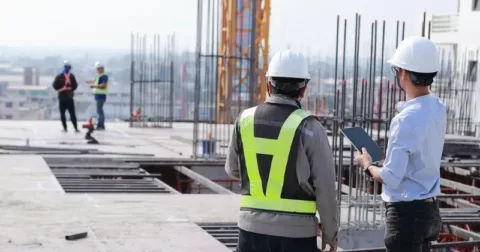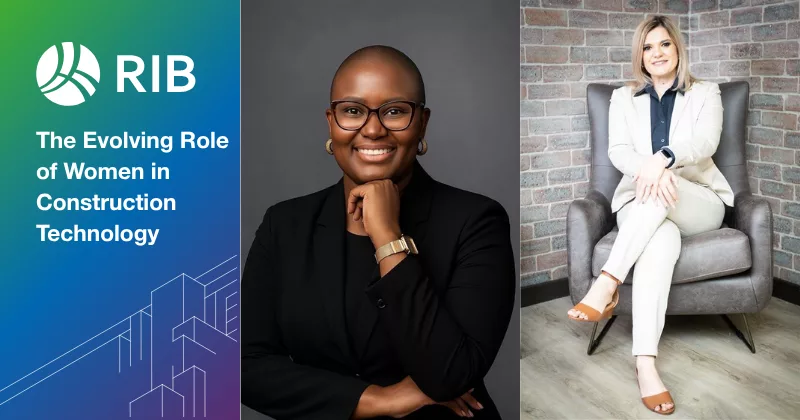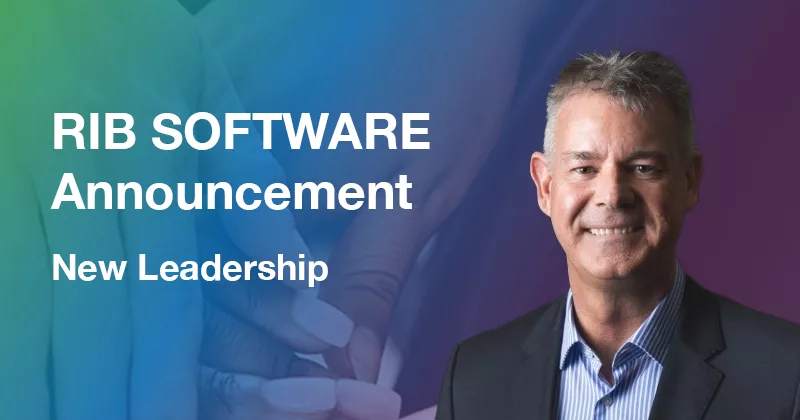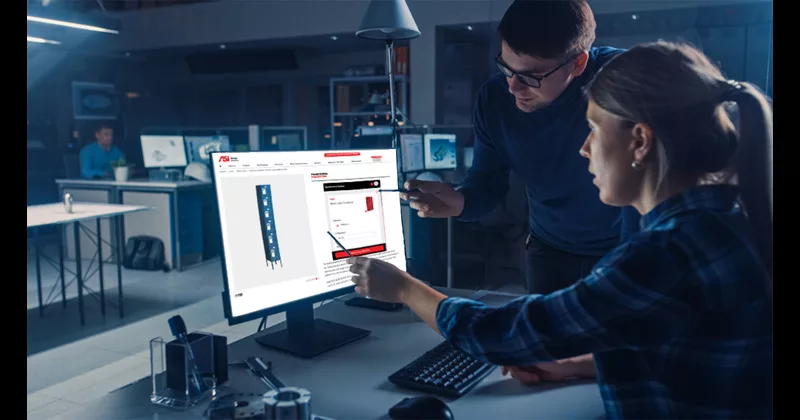7 mins read
Digital Self-Disruption Essential For Construction Industry

Like every other industry, the construction industry cannot escape change. Speakers at RIB CCS’ second #FutureNow conference explored the necessity for digital transformation, digital self-disruption, and how to manage the inevitable changes it brings – for people, processes and productivity.
Change practitioner for the Change Management Institute, Ket Patel, said the construction industry needs to self-disrupt or self-destruct. “While running a construction company prior to the COVID-19 pandemic may have been difficult, doing so when the pandemic hit was nearly impossible.”
He said while other industries battled to create digital versions of their physical selves, the construction trade had to take a hard look at what to do, especially as it was somewhat behind the curve, technologically and digitally speaking.
“At the centre of designing a stronger and more resilient industry is technology. Technology and digital adoption have always been an organisational imperative. It is not about saving money. It is all about remaining sustainable and being able to weather oncoming storms.”
Core to being able to adopt new technology is the ability to embrace change, which requires motivation (really wanting to change), capacity (creating the time and space for change) and support (change is a team effort). If one of these does not exist, change will not be affected.
Patel said that while the industry has acknowledged that change is necessary and technology is part of the answer, realistically speaking, without individuals who are motivated to drive change and to collaborate and coordinate with each other to affect the necessary actions, it will take a long time for the change to be embedded.
Concurring with Patel, RIB CCS CEO Andrew Skudder said the construction industry has faced – and continues to face – several challenges, including lagging productivity growth; low profit with high risk; slow innovation and digitalisation; low customer satisfaction; and regular time and budget overruns. “It is evident – from the persistency of these challenges – that the industry requires transformation.
“Fortunately, there are solutions to these challenges and emerging disruptors fall into two main categories: firstly, industrialisation, which refers to things such as modularisation, prefabrication, product standardisation and automation; and secondly, digitalisation, which covers aspects such as cloud computing, mobile technology, building information modelling (BIM), artificial intelligence, augmented reality, data analytics and integrated platforms.”
Skudder said digital transformation should transcend merely converting from analogue to digital (digitisation) or using technology to simplify work processes (digitalisation). “It should be about digital transformation by connecting people, processes and data for a more collaborative, efficient, productive and sustainable industry.”
He highlighted five pillars that underpin successful digital transformation. These include digital leadership supported by senior management; having a clear digital roadmap; introducing sustainable training systems aimed at nurturing a digital culture in the organisation; ensuring the process is enterprise-wide rather than project-based; and making sure the process to drive digital change is inclusive.
“Inclusivity can be promoted through workshops and virtual labs or deep-dive experiences before the digital journey commences. Importantly, this enables team members (leaders and subject matters experts) to come together to explore the product, articulate the digital roadmap and define the future for the business,” noted Skudder.
Change Corp CEO, Lindsay Agness, explored why people find it so difficult to change and the values that drive digital and culture change. “One of the biggest reasons is that habits are not easy to change. Another relates to neuroscience – known as ‘current moment bias’ – where any reward in the future needs to feel much bigger than the reward the individual is currently getting.”
She said helping to guide employees through the initial perceived losses related to change requires being clear about what is in and what is out, explaining why change is necessary and ‘what’s in it for me’, respecting the losses, expecting over-reaction and showing empathy, identifying key stakeholder groups, repeating information and engaging constantly. “Communication is the superpower of the change manager.”
This ‘loss’ phase is usually followed by an exploration phase. “This is where you want your people to become curious,” said Agness. “You want them to develop a growth mindset, which is all about curiosity, learning and being willing to practice – and sometimes not get things right.”
“Finally, you want to get people on your bus,” said Agness. This means identifying, coaching, empowering and rewarding the people who support the change, and counselling, supporting and monitoring those who don’t support it.
Vice President Commercial Synergy at Schneider Electric, Sylvain Lamy, explored digital transformation for efficient and sustainable buildings.
With statistics indicating that about 40% of the world’s CO2 emissions are from buildings, 90% of project builds experience time overruns, 30% of construction cost is rework and 170 million tons of materials go to waste every year, there is no doubt that change is non-negotiable if the planet is going to limit the rise of the global temperature to 1.5¡C, according to the 2015 Paris climate agreement.
With 90% of time spent indoors, solutions need to be people-centric, as well as sustainable. “We need to move the vision from people adapting to buildings, to creating smart buildings or autonomous buildings that automatically adapt to the new age of infrastructure. This presents a massive opportunity to change the way we build and reduce the negative impacts of this industry.
“Challenges need to be resolved around how buildings are operated and maintained on the one hand and designed and built on the other hand. The former relates largely to how buildings are heated and cooled (which probably contributes to about 70% of the sustainability issue) and the latter relates to being able to track carbon emissions throughout the design and build phase using digital technology.”
Lamy summed up one of the major sentiments expressed during the #FutureNow conference: “While there are many challenges ahead for the industry, the good news is that technology is a key enabler of transformation. Low-cost cloud computing, mobile technology, IoT, machine learning and artificial intelligence allow for integration and access to smart information, providing the industry with the tools it needs to tackle the challenges it faces.”
Download ‘The Five Pillars for Successful Digital Transformation’ eBook here
Most Recent
7 mins read
3 mins read
5 mins read
5 mins read

Ebook











